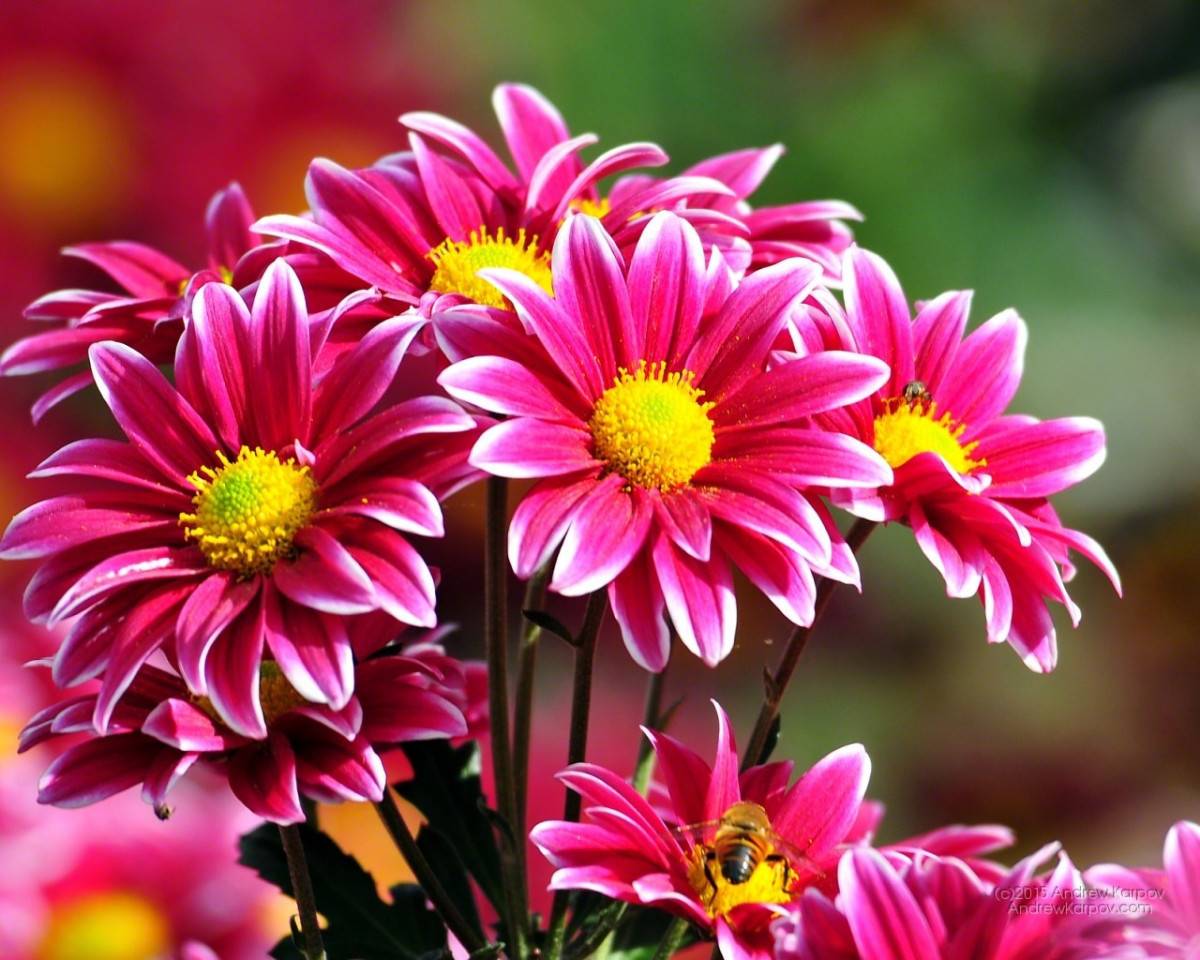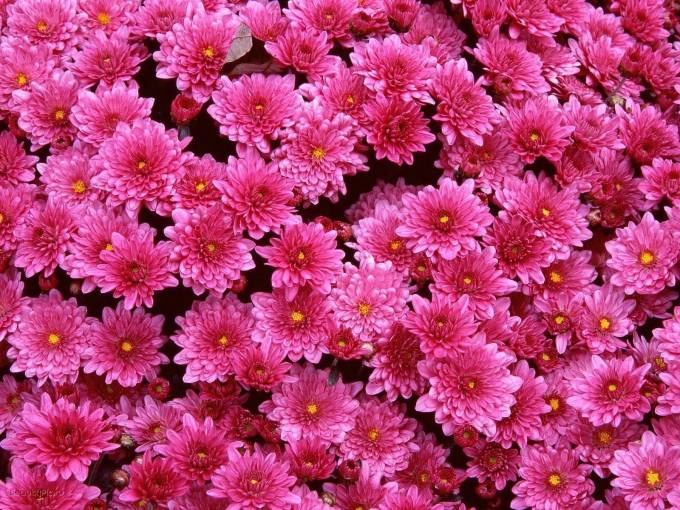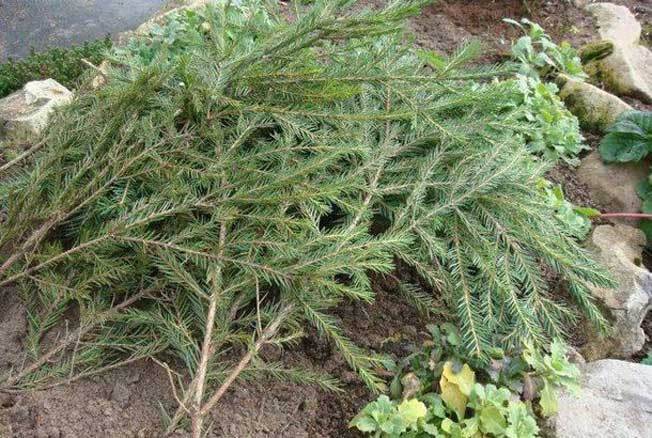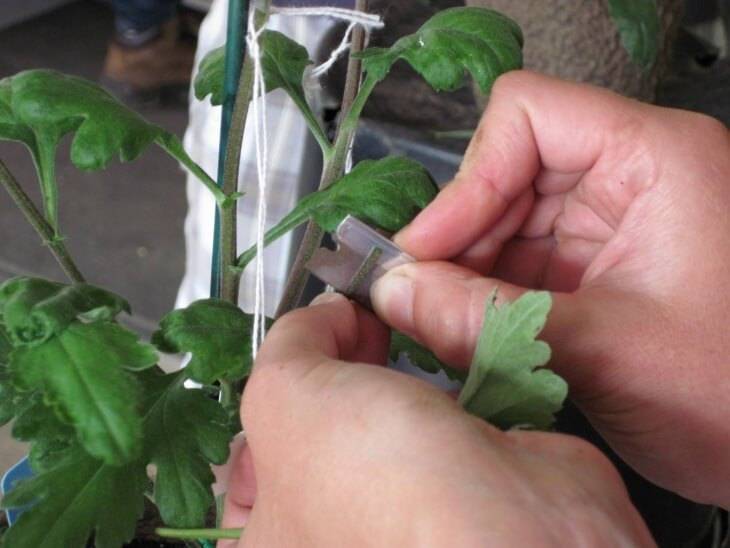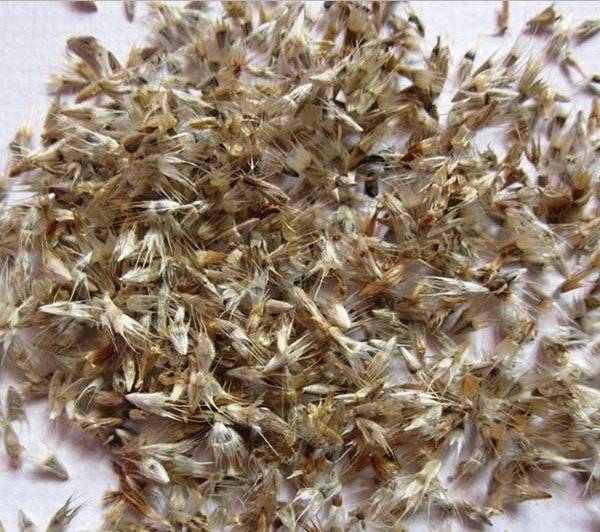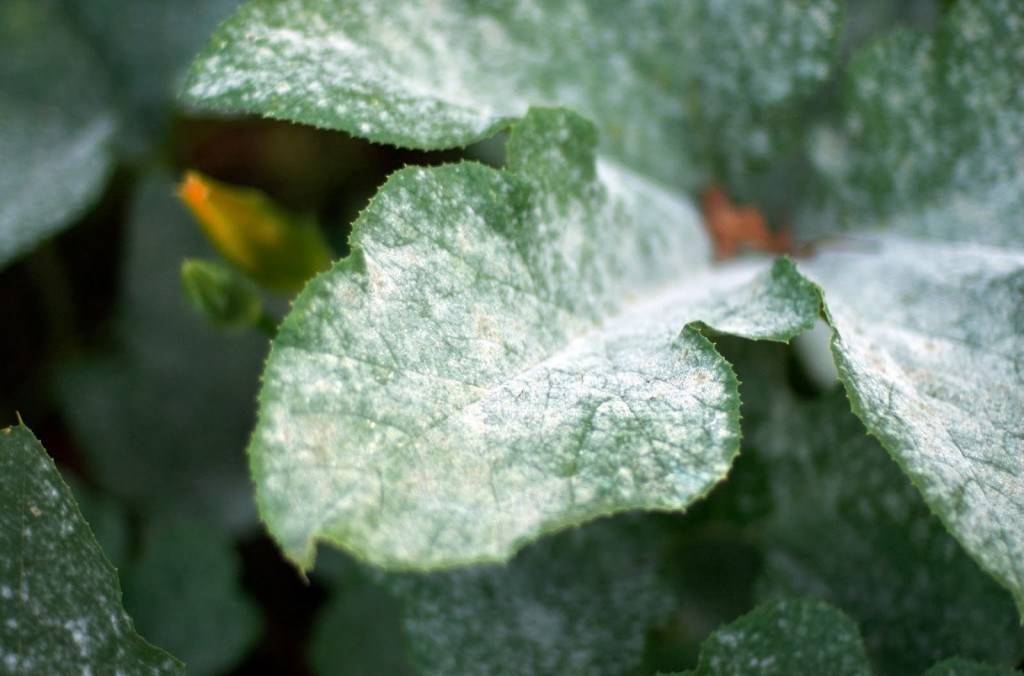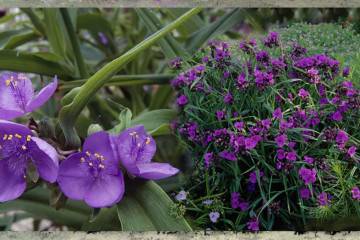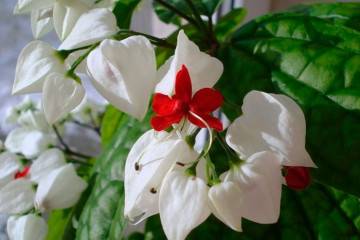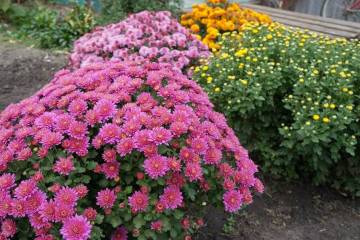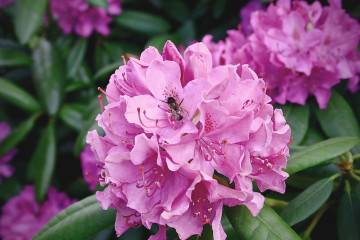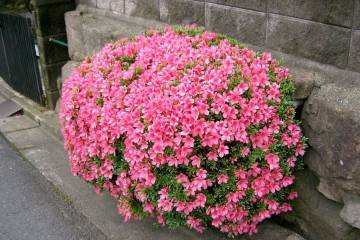Perennial chrysanthemums - planting and care in the open field
Content:
- Perennial chrysanthemums: planting and care in the open field
- How to transplant a chrysanthemum
- Do I need to dig chrysanthemums for the winter
- How to shelter chrysanthemums for the winter
- When it blooms after winter
- Is it possible to plant a chrysanthemum from a pot in open ground
- Reproduction of chrysanthemums
- Chrysanthemum diseases
- Why chrysanthemum does not bloom
Chrysanthemums are both annual and perennial. These flowers belong to the Asteraceae family. Asia is considered their homeland. Of the 29 known species, most grow there. The flower has a very long history. The first mention of it falls on 551 BC. e. In Russia, they began to grow it in the middle of the nineteenth century, in Europe - 200 years earlier. In nature, you can find both herbaceous varieties and dwarf shrubs.
Perennial chrysanthemums: planting and care in the open field
Chrysanthemums have won the love of flower growers with their bright colors and unpretentious care. Planting a plant is relevant for decorating a backyard area, a summer residence. Florists often use cut flowers to decorate bouquets, as they retain their fresh appearance in the composition for about a month.
Perennial chrysanthemum is usually called garden chrysanthemum (in Latin Chrysánthemum). It can grow up to 1.5 m in height.There are three subgroups of perennials:
- small-flowered;
- mid-flowered;
- large-flowered.
Small-flowered garden chrysanthemums are most common in Russia. These are varieties of the Korean garden chrysanthemum. They are regular and terry. The color gamut is very extensive, even tricolor can be found among the breeding varieties. The diameter of the flower can reach 10 cm. Chrysanthemums bloom in the garden throughout the fall. They have good winter hardiness, undemanding to soil composition and care. Therefore, it can be planted even in Siberia.
Mid-flowered, as a rule, are grown under the cut. They can be found in cut flower arrangements, and in the ground they develop well at home. The height of plants of this subgroup is up to 70 cm, and the flower does not exceed 18 cm in diameter.
Large-flowered are intended for cutting. This subgroup is not resistant to low temperatures, the height ranges from 80 to 120 cm, and the flower diameter does not exceed 25 cm.
Planting chrysanthemums in spring
Street chrysanthemums can be planted outdoors in spring and autumn. But in spring it is preferable to do this, since the survival rate is several times greater than with autumn planting. These flowers can be sown, cuttings, divided. For each method, there is a certain period of time. For example, it is better to sow seeds for seedlings in the Urals in early March and only after the temperature stably keeps above 0 ⁰С.
It is customary to divide chrysanthemum bushes in late April - early May, after the threat of frost has passed. New bushes will have time to take root before the onset of the winter cold.
How to plant chrysanthemums
A guide on how to plant a chrysanthemum correctly:
- For chrysanthemums, choose the right place in the garden. The flower is very fond of bright sunlight.It is recommended to plant it away from spreading trees and bushes, because even in partial shade it will not bloom. The plant should be protected from drafts, but air ventilation must be present. It is recommended to plant on a small hill to avoid stagnant water. With stagnant water, the root system of the plant rots very quickly, and the flower dies.
- The bush prefers loose, nutritious soil. Suitable soil neutral in acidity or slightly acidic. If the site is dominated by sandy soil, its preparation before planting the chrysanthemum includes the introduction of humus. The plant needs a permeable soil, so if the soil is heavy, it is recommended to create a drainage layer.
- The depth of the planting hole should be about 30 cm. A seedling is placed in it, straightening the roots so that there are no bends. Next, the pit is covered with soil and tamped well. The spherical bush is cut by 1/3. Next, the seedling is abundantly watered and mulched with peat. A distance of at least 30 cm must be maintained between the bushes.
Caring for chrysanthemums in the spring in the garden
In order for the chrysanthemum to grow well, it must be properly and timely looked after. Caring for a plant means fertilizing, watering, pruning, mulching, replanting, etc.
For watering, experienced gardeners use settled water at room temperature. At the beginning of autumn, the volume of water decreases. Also, during the flowering period, chrysanthemum is recommended to be sprayed at least once a day during a period when the sun is not very active.
Chrysanthemum prefers a lot of daylight, but during the flowering period it needs to create conditions of diffused lighting. The plant blooms best at an air temperature of 15 ° C.
An obligatory procedure for caring for chrysanthemums is soil mulching. Mulch is able not only to retain moisture and protect the roots from drying out, but also prevents the development of fungus, protects against harmful insects and protects against the appearance of weeds.
Pruning is carried out to give the desired shape to the shrub. Since the plant tends to grow very quickly, side shoots should be removed frequently. To get flowers with a larger diameter, only the strongest inflorescences are left, and the rest are removed.
How to transplant a chrysanthemum
Chrysanthemum is considered a frost-resistant plant and can stay in one place for a long time. But from time to time, it needs a transplant, since the soil in which it grows loses useful micro and macro elements. The transplant is carried out in the fall, so that she has time to adapt to a new place. Young globular bushes need to be moved to a new location once a year. Perennials, whose age is 3 years or more, are transplanted once every six months.
Landing pits are prepared in advance. Their depth should be about 20 cm, if necessary, drainage is introduced. The distance between the holes must be at least 40 cm.
Next, the bush is dug up, transferred to a new planting hole, covered with earth and watered abundantly. Complex fertilizers can be applied 3 days after transplanting.
Do I need to dig chrysanthemums for the winter
Only representatives of the large-flowered subgroup need digging for the winter. They are less hardy. As a rule, they are placed in pots, sprinkled with earth on top and stored at temperatures from 0 ⁰C to 7 C.
Therefore, there is no definite answer to the question of whether it is necessary to dig up chrysanthemums for the winter.
How to shelter chrysanthemums for the winter
For the period of cold weather, the chrysanthemum needs shelter. This applies not only to thermophilic varieties, but also to frost-resistant ones. After the plant has bloomed, it should be cut to the very root. Next, the flower is sprinkled and sprinkled on top with fallen leaves or spruce branches.
When it blooms after winter
If the cuttings of bush chrysanthemums were carried out in early spring at about the 15th week, then from 16 to 18 weeks the process of development of the root system takes place. Starting from the 19th week, the plant begins an active vegetative phase. But for the appearance of color, the chrysanthemum needs a shortened daylight hours. She begins to bloom at about 37 weeks. But, if you create conditions for diffused light and light shading in the afternoon, flowering can be achieved at the 32nd week.
Is it possible to plant a chrysanthemum from a pot in open ground
Chrysanthemums can be grown both outdoors and in pots. More thermophilic varieties can winter in a pot, and spring, summer and autumn - in the open field. Frost-resistant varieties can be left in the ground for the winter, or they can be transplanted into a container and stored in a cool, shaded place.
Reproduction of chrysanthemums
Chrysanthemum can be propagated in several ways:
- cuttings;
- seed reproduction method;
- reproduction by layering;
- division of the bush.
Each has its own nuances. Gardeners themselves choose the method that is more acceptable to themselves.
Cuttings
The most common way of propagation of chrysanthemums is cuttings. To get a stalk, it is enough to cut the shoot under the junction of the leaf and stem. The height of the twig should be calculated from the leaf nodes. There must be at least 2 of them.
The resulting cuttings are placed in containers with a nutrient substrate to a depth of 3 cm. After planting, it is recommended to water the soil abundantly with water with a root growth stimulant dissolved in it.
How to grow chrysanthemum seeds
The seed method is more often used for the small-colored subgroup. When planted by seed, the plant blooms earlier. Seeds can be sown in open ground, or they can be planted in containers at home for seedlings. Seeds are sown into the ground only after the threat of frost has passed.
To get a chic, flowering chrysanthemum bush, you need to choose the right seeds. In the Moscow region, as a rule, only mid-flowered, early-flowering varieties are grown by seed method, because late-flowering varieties do not have time to ripen. Even when late flowering varieties are planted in the greenhouse, the germination rate will be very low.
Chrysanthemum seeds, at first glance, resemble a dried dandelion, only 2 times less. They are ribbed in a non-uniform dark brown color with a smooth surface. Dry antennae remain from the upper edge, which makes them look like shuttlecocks. The elongated shape is a sign of ripe planting material.
Chrysanthemum seedlings
For seedlings, seeds are sown from mid-February to mid-March. In this case, the planting material is placed in a nutritious soil, lightly sprinkled on top with it and covered with a film. Once a day, the film must be removed for 15 minutes to ensure air circulation. The first shoots will appear in 10 days.
Chrysanthemum diseases
For many years of existence on the planet, chrysanthemums have developed immunity to various diseases and insect pests. But there are diseases in front of which the chrysanthemum is weak.
For example, gray rot. It can be identified by the presence of light brown spots on flower buds and petals. This disease is provoked by increased soil moisture. As soon as spots appear on the plant, it is necessary to reduce watering to a minimum, remove the affected inflorescences. If the gray rot has spread to the entire bush, it is recommended to dig it up and burn it.
A white bloom on the stem and leaves of the chrysanthemum indicates that it was attacked by powdery mildew. To avoid the spread of this disease to other bushes, the plant should be treated with any of the drugs:
- topaz;
- champion;
- copper sulfate.
Root cancer cannot be cured. The disease identifies itself by the appearance of spurs near the root on the stem. Such a bush must be dug up and burned, and no crops should be planted in its place for some time. Treat the soil with formalin.
Among insects, attacks of aphids, thrips, May beetle, bedbugs are not uncommon. But these pests are successfully combated by insecticides.
Why chrysanthemum does not bloom
The lack of buds and flowers can be attributed to several factors:
- the presence of bacteria or infections;
- weather;
- improper agricultural technology.
Chrysanthemum is a very beautiful flower that adorns any area or balcony, especially in autumn. With proper care and adherence to all the subtleties in growing, perennial garden chrysanthemum will delight the eye with its lush flowering for a very long time.
